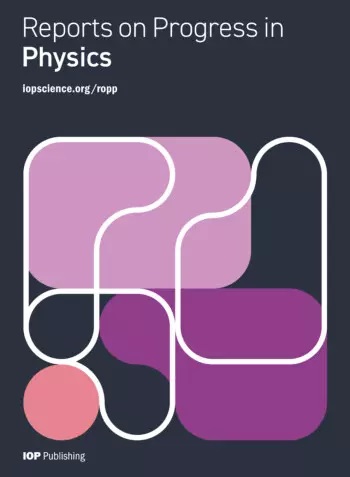利用新兴增材制造技术的潜力,改变化学和生物传感创新的游戏规则。
IF 20.7
1区 物理与天体物理
Q1 PHYSICS, MULTIDISCIPLINARY
引用次数: 0
摘要
在过去的四十年里,增材制造(AM),特别是3D打印,已经成为化学和生物传感技术领域的一股颠覆性力量,彻底改变了实验室和行业的原型设计和生产。3D打印技术和材料的最新进步加速了用于各种应用的新型传感器的开发,提供了无与伦比的优势,例如快速原型,定制和成本效率。与传统的制造方法不同,3D打印可以创建复杂的高精度结构,同时减少多步骤过程,使其成为生物传感器开发的理想选择。它的跨学科潜力跨越物理、化学、工程、生物学和医学,将其定位为生物医学应用中的变革性工具,特别是在生物传感方面。尽管前景光明,但诸如有限的多材料集成、标准化障碍、分辨率限制、生物相容性问题和可扩展性问题等挑战仍然存在。通过跨学科合作解决这些差距,可以释放am传感设备的全部潜力。这篇综述批判性地评估了增材制造技术的发展和最新进展,包括熔融沉积建模、立体光刻和喷墨打印,用于设计灵敏、可定制且价格合理的生物传感器。此外,本文探讨了3d打印化学和生物传感器的最新创新,分析了它们在检测各种分析物方面的性能。提供了尖端发展的全面总结,以及对生物传感器制造中改进和发明3D打印技术的未来方向的研究。最后,综述强调了当前3d打印传感设备的挑战和机遇,强调了对材料优化、提高打印分辨率和增强设备功能的需求。通过克服这些障碍,3D打印可以成为下一代诊断平台的基石,推动化学和生物传感技术的创新。这篇综述强调了AM作为该领域未来突破的催化剂的变革性作用。本文章由计算机程序翻译,如有差异,请以英文原文为准。
Harnessing the potential of emerging additive manufacturing technologies as a game-changer for chemical and biosensing innovations.
Over the past four decades, additive manufacturing (AM), particularly 3D printing, has emerged as a disruptive force in chemical and biosensing technologies, revolutionizing prototyping and production across laboratories and industries. Recent advancements in 3D printing techniques and materials have accelerated the development of novel sensors for diverse applications, offering unparalleled advantages such as rapid prototyping, customization, and cost efficiency. Unlike traditional fabrication methods, 3D printing creates intricate, high-precision structures while reducing multi-step processes, making it ideal for biosensor development. Its interdisciplinary potential spans physics, chemistry, engineering, biology, and medicine, positioning it as a transformative tool in biomedical applications, particularly for biosensing. Despite its promise, challenges such as limited multi-material integration, standardization hurdles, resolution constraints, biocompatibility concerns, and scalability issues persist. Addressing these gaps through interdisciplinary collaboration could unlock the full potential of AM-enabled sensing devices. This review critically evaluates the evolution and latest progress in AM technologies, including fused deposition modelling, stereolithography, and inkjet printing for designing sensitive, customizable, and affordable biosensors. Additionally, this article explores recent innovations in 3D-printed chemical and biological sensors, analyzing their performance in detecting various analytes. A comprehensive summary of cutting-edge developments is provided, alongside an examination of future directions for refining and inventing 3D printing techniques in biosensor fabrication. Finally, the review highlights current challenges and opportunities in 3D-printed sensing devices, emphasizing the need for material optimization, improved printing resolution, and enhanced device functionality. By overcoming these barriers, 3D printing can serve as a cornerstone for next-generation diagnostic platforms, driving innovation in chemical and biosensing technologies. This review underscores AM's transformative role as a catalyst for future breakthroughs in the field.
求助全文
通过发布文献求助,成功后即可免费获取论文全文。
去求助
来源期刊

Reports on Progress in Physics
物理-物理:综合
CiteScore
31.90
自引率
0.00%
发文量
45
审稿时长
6-12 weeks
期刊介绍:
Reports on Progress in Physics is a highly selective journal with a mission to publish ground-breaking new research and authoritative invited reviews of the highest quality and significance across all areas of physics and related areas. Articles must be essential reading for specialists, and likely to be of broader multidisciplinary interest with the expectation for long-term scientific impact and influence on the current state and/or future direction of a field.
 求助内容:
求助内容: 应助结果提醒方式:
应助结果提醒方式:


